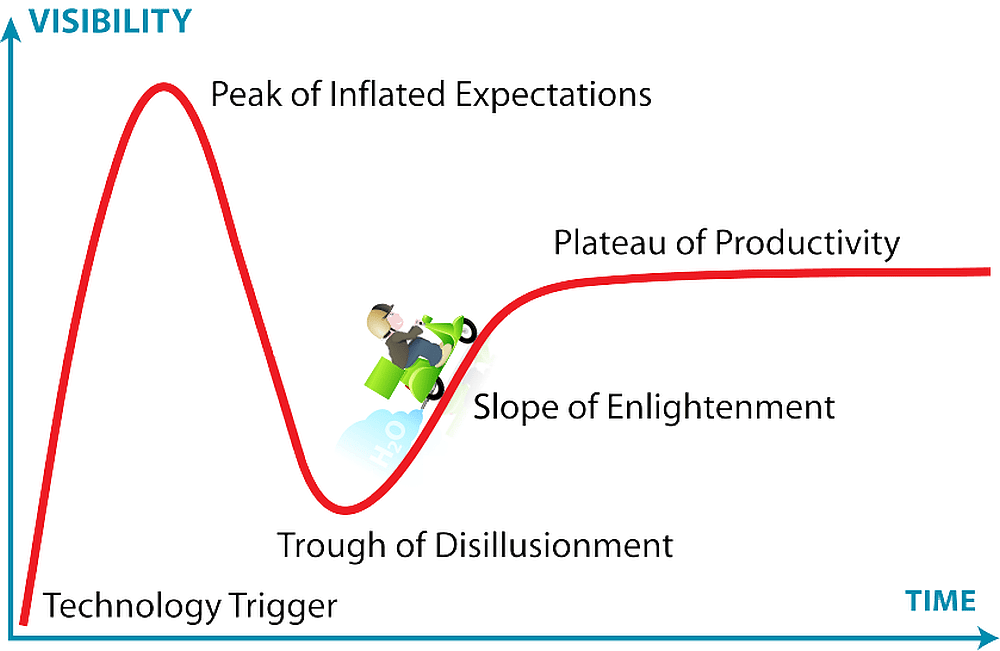Mario Affatigato from Coe College identified the interaction between glass and living matter as a grand challenge that can be addressed by the glass and ceramics research community.
What are the next “grand challenges” for ceramic materials research? What emerging research areas should the ceramic materials research community make its priority? What are the big questions that ceramic materials can answer?
Those are the questions that a workshop taking place this week is working on answering. Greg Rohrer, professor at Carnegie Mellon University, organized the workshop to tap into the collective eyes-and-ears of about 40 scientists from academia, industry and government labs. The workshop is supported by a National Science Foundation grant.
According to Rohrer, the last such workshop was in 1997, so it’s been awhile since the ceramic research community undertook a systematic self-evaluation. “There are new tools and capabilities, especially in microscopy and computers. It’s a new landscape, and our research needs to reflect that,” Rohrer said in his introductory remarks.
Established in 1950, NSF‘s mission is to “initiate and support basic scientific research and research fundamental to the engineering process, and to initiate and support programs to strengthen scientific and engineering research potential.” Other agencies, like DOE and the military research offices, also support ceramic materials research, but always in the context of their mission applications. Free from the constraints of mission-based applications, the NSF is in a unique position to provide a framework for this kind of exercise.
Rohrer says, “As researchers working on ceramics, we need to be able to say, ‘This is why ceramics research is relevant, and these are the important scientific challenges that the ceramics research community intends to address in the next five to ten years.'”
Rohrer set out three goals for participants (paraphrased):
• Identify 6-8 scientific grand challenges with a five- to ten-year horizon,
• Consider the status U.S. ceramic research in a global context,
• Comment on effectiveness of NSF funding mechanisms.
Yesterday and this morning are “set-up” days. Participants have been giving short talks about their work and identifying the grand challenges they see. Rohrer organized the talks into four materials categories: glasses, non-oxide ceramics, composites and oxide ceramics. After each grouping, panel discussions help the group hone in on common themes across the materials groups and bring focus to the unique challenges facing each group.
The hard work begins later today. Each group will draft summary reports based on what they heard and discussed, and this afternoon’s talks will mix in the international and NSF pieces. Tomorrow the four committees will build-out their draft summary reports and present them to the group. These reports will be the basis for a full report including references, images, etc. that will be published in the Journal of the American Ceramic Society in late 2012. Also, Rohrer will be presenting the report at ICC4 meeting in Chicago this July in a track on Emerging Topics in Ceramics Research.
What themes have emerged so far? Yesterday I heard a lot of interesting ideas about surfaces and interfaces, including some new ways of thinking about them. Nanoscale effects on properties and processing, nanoscale characterization and computational methods also were mentioned frequently. It will be interesting to see how the four committees interpret what they heard and what they collectively tease out as Grand Challenges.
Rohrer emphasized that this exercise is intended to be inclusive and welcomes input from others engaged in ceramic research. “I know there are people who should be here, but participation had to be limited. I’m interested in collecting as many ideas as possible,” he said. Rohrer’s contact details are available at his website.
Author
Eileen De Guire
CTT Categories
- Electronics
- Market Insights
- Modeling & Simulation
- Nanomaterials
- Optics


